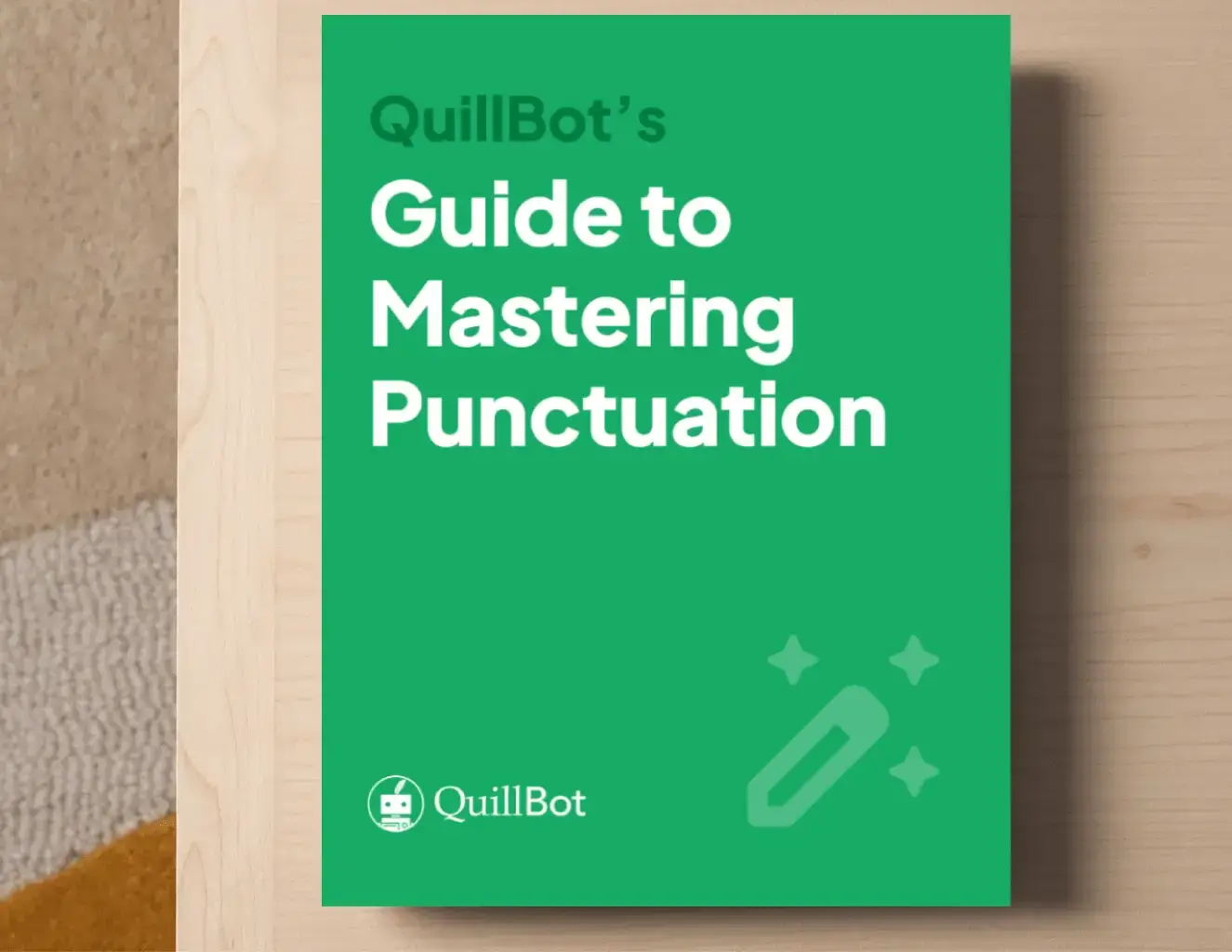The best way to take notes from a textbook depends on why you’re reading it.
If you’re reading to answer specific questions for an assignment or paper, structure your notes around those questions. Use clear headings for each one to record the information that helps you address them.
For more general reading, keep these principles about how to take notes in mind:
- You don’t need to write down everything. Aim to record enough information to understand your notes later, but not so much that it interferes with actively engaging with the text.
- Review and expand your notes on the same day—or the next day—while the material is still fresh. This helps reinforce understanding and improve retention.
- Writing a short summary during review can clarify main ideas and support the learning process.
If you return to your notes later and find parts of them unclear, QuillBot’s free AI Chat can help you interpret and clarify ideas you no longer fully understand.
